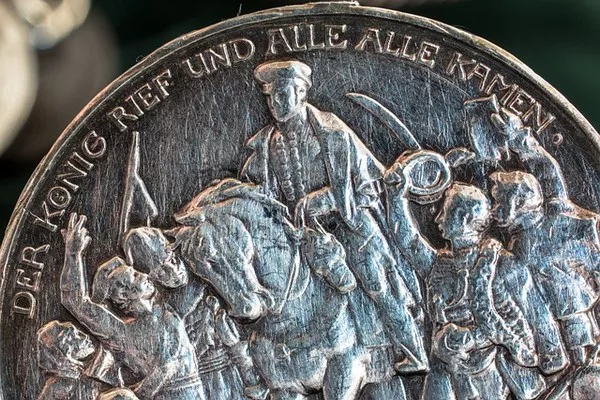Silver, a lustrous and versatile metal, has played a significant role throughout human history. Renowned for its beauty and value, silver has been used in currency, jewelry, and various industrial applications. With a rich historical significance dating back thousands of years, silver has been treasured by civilizations across the globe. From ancient Egypt to the Spanish conquests in the Americas, silver has been a symbol of wealth and power. Today, silver continues to hold its place in modern society, with its demand driven by industrial, investment, and ornamental purposes.
Formation of Silver
Silver is primarily formed through various geological processes within the Earth’s crust. It is typically found in association with other metal ores, including lead, zinc, copper, and gold. The most common form of silver ore is known as argentite (silver sulfide), but it can also occur as native silver, silver chloride, and other compounds. Silver deposits are often formed through hydrothermal deposition, where hot fluids carrying silver and other minerals migrate through cracks and fissures in the Earth’s crust. Additionally, silver can be found in sedimentary deposits, as well as in association with volcanic activity.
Global Distribution
Silver deposits are distributed unevenly across the globe, with certain countries hosting the majority of the world’s reserves. Mexico, Peru, and China are among the top producers of silver, with significant deposits also found in countries such as Australia, Russia, and the United States. In Mexico, the state of Zacatecas is renowned for its silver mines, while Peru’s Andean region boasts extensive silver reserves. China’s Inner Mongolia and Yunnan provinces are also prominent silver-producing regions. Other countries with notable silver deposits include Bolivia, Chile, and Argentina.
Mining Processes
The process of extracting silver from the Earth’s crust involves various mining techniques, depending on the type of deposit and geological conditions. The most common method of silver mining is through underground mining, where tunnels are dug deep into the Earth to access silver-bearing ores. This method is often used in conjunction with techniques such as drilling, blasting, and ore processing to extract the silver ore efficiently. In open-pit mining, large pits are excavated to access shallow silver deposits, which are then extracted using heavy machinery and equipment. Additionally, silver can be recovered as a by-product of mining other metals such as lead, zinc, and copper.
Top Producing Mines
Several mines around the world are renowned for their significant silver production. The Fresnillo mine in Mexico is one of the largest silver mines globally, producing over 50 million ounces of silver annually. Another notable mine is the Cannington mine in Australia, which is one of the world’s largest producers of silver and lead. In Peru, the Antamina mine produces a substantial amount of silver alongside copper and zinc. Other prominent silver mines include the San Cristobal mine in Bolivia, the Dukat mine in Russia, and the Penasquito mine in Mexico.
Silver as a By-product
Silver is often produced as a by-product of mining other metals, particularly lead, zinc, and copper. This occurs when silver is present in the same ore bodies as these primary metals and is extracted during the refining process. In many cases, the production of silver as a by-product helps offset the costs of mining other metals, making it economically viable for mining companies. However, fluctuations in the prices of primary metals can impact the production of silver as a by-product, leading to variations in supply.
See Also How Much Silver Is Left In The World To Mine
Investment Perspective
The geographical distribution of silver deposits plays a crucial role in determining its market and investment potential. Countries with abundant silver reserves often have a significant influence on global silver prices and trade. Investors looking to diversify their portfolios often turn to silver as a hedge against inflation and economic uncertainty. The accessibility of silver mining operations, along with geopolitical factors and regulatory policies, can also affect investment decisions. Additionally, the demand for silver in industrial applications, such as electronics and solar panels, contributes to its investment appeal.
See also Will Silver Increase in Price?
Future Trends
Looking ahead, the distribution of silver reserves may undergo changes due to various factors, including technological advancements, exploration efforts, and shifting market dynamics. Advances in mining technology and exploration techniques may uncover new silver deposits in previously untapped regions. Additionally, evolving environmental regulations and sustainability initiatives could influence the development of silver mining projects. The growing demand for silver in emerging industries such as renewable energy and electric vehicles may further drive exploration and production efforts in the coming years. Overall, the future of silver mining and trading will be shaped by a combination of geological, economic, and environmental factors.
In conclusion, silver remains a valuable commodity with a diverse range of applications in modern society. Its global distribution, mining processes, and investment potential make it an essential element in the global economy. As technology advances and market dynamics evolve, the future of silver mining and trading holds promising opportunities for investors and industry stakeholders alike.


